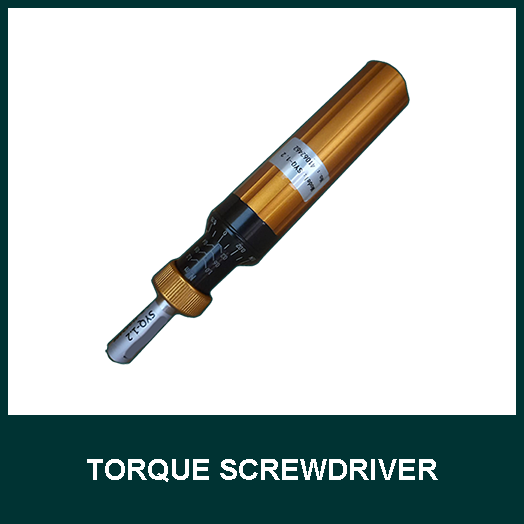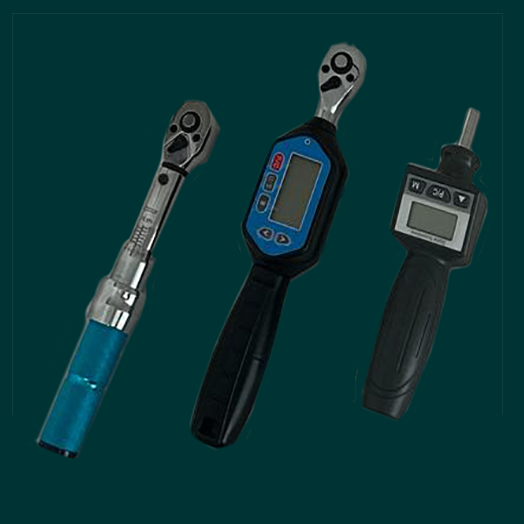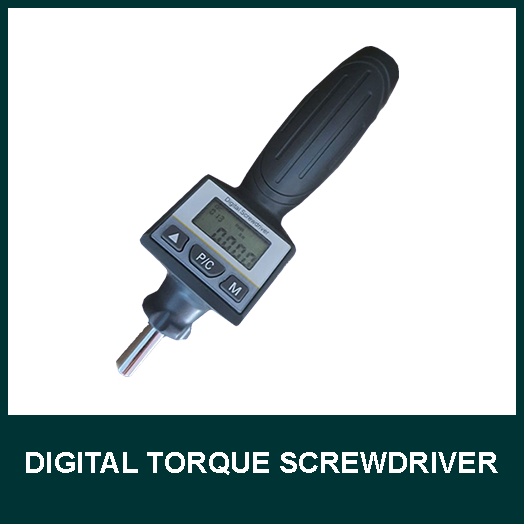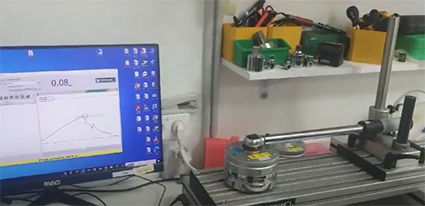
TORQUE WRENCH
In the world of industrial work, precision and accuracy Are crucial. whether it's assembling machinery or Tightening bolts on structures, having the right tools is Essential. one such tool that stands out in the Industry Is the torque wrench.torque wrenches provide accurate Torque measurement, ensuring that bolts and nuts are Tightened to the precise specifications required for Optimal performance and safety.
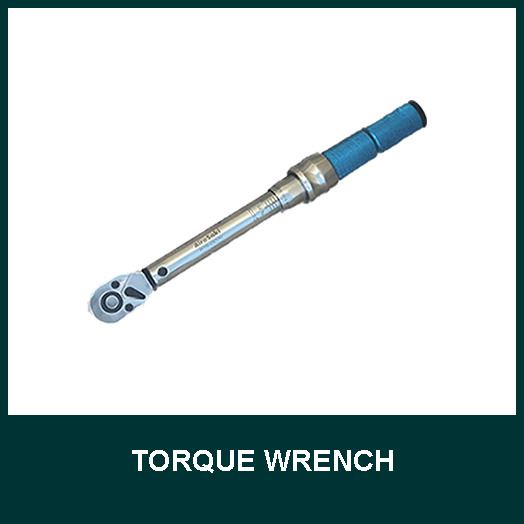
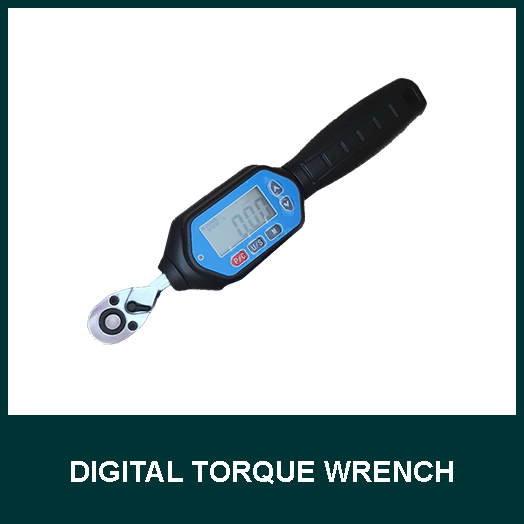
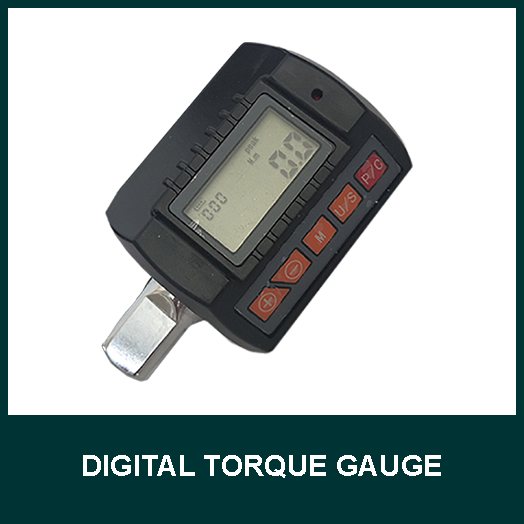
The Precision Art of Torque Wrenches: A Comprehensive Guide
In the intricate world of mechanical precision, where every nut and bolt plays a crucial role, the torque wrench stands as a silent sentinel, ensuring the integrity of assemblies. This unassuming tool, often overlooked, holds the key to keeping the structural and functional integrity of machinery. In this comprehensive guide, we delve into the depths of torque wrenches, unraveling the intricacies that make them indispensable in the world of engineering.
Understanding Torque
Torque, in the context of mechanical engineering, is the fundamental measure of rotational force exerted on an object. It is a pivotal concept in various industrial applications, spanning the domains of automotive engineering and aerospace. Achieving the optimal torque when fastening components is paramount in ensuring the structural integrity and operational reliability of machinery. This critical force not only prevents components from coming loose but also guards against the potential damage that could arise from over-tightening. In essence, torque serves as the linchpin in the delicate balance between securing components adequately and avoiding undue stress on materials, making it a central aspect of mechanical design and maintenance.
Within this intricate realm, the torque wrench emerges as a specialized tool akin to an artisan’s instrument. This precision device allows engineers to apply the exact amount of rotational force required to secure fasteners with meticulous accuracy. By enabling users to set and control the torque applied during the tightening process, the torque wrench ensures that fasteners are neither under-tightened, risking instability, nor over-tightened, which could lead to material fatigue or damage. In this way, the torque wrench becomes an indispensable ally, embodying the marriage of engineering precision and craftsmanship and playing a vital role in maintaining the reliability and longevity of mechanical structures across diverse industries.
Types of Torque Wrenches
With the use of torque wrenches, one can tighten a bolt or nut to a specified degree. There are several types of torque wrenches, each designed for specific applications. Here are some common types:
Beam Torque Wrench
This is the simplest and most basic type of torque wrench.
It consists of a lever arm with a handle and a deflecting beam.
The user applies torque to the handle, and the deflecting beam indicates the amount of torque applied.
Click-Type Torque Wrench
These are popular and widely used torque wrenches.
They have a mechanism that produces a “click” sound when the preset torque is reached.
Click-type wrenches are relatively easy to use and are available in various torque ranges.
Electronic/Digital Torque Wrench
These torque wrenches use electronic sensors to measure torque.
They have a digital display that shows the applied torque.
Electronic torque wrenches often allow for more precise torque settings and may have additional features such as data storage and analysis.
Dial-Type Torque Wrench
Similar to beam torque wrenches, they have a dial indicator to show the applied torque.
The user reads the torque value directly from the dial.
Hydraulic Torque Wrench
These torque wrenches use hydraulic pressure to apply torque.
They are often used in heavy industrial applications and construction.
Hydraulic torque wrenches are known for their high torque capabilities and accuracy.
Micrometer Adjustable Torque Wrench
These torque wrenches allow for precise adjustment of the torque value.
They often have a micrometer-like scale for setting the desired torque.
Pneumatic Torque Wrench
Powered by compressed air, pneumatic torque wrenches are common in automotive and industrial settings.
They are fast and efficient for high-torque applications.
Interchangeable Head Torque Wrench:
These torque wrenches allow for interchangeable heads, making them versatile for various fastener types and sizes.
Preset Torque Wrench
These torque wrenches come preset to a specific torque value and are not adjustable by the user.
They are often used in production or assembly line settings where a specific torque is repeatedly applied.
Calibration and Accuracy
Maintaining the accuracy and dependability of torque wrenches requires regular calibration. It involves comparing the torque wrench’s actual performance to a standard reference and making adjustments as necessary. Over time, factors such as wear and tear or exposure to varying environmental conditions can affect a torque wrench’s accuracy. Regular calibration, typically performed by specialized calibration laboratories, helps identify and correct any deviations from the specified torque values. By ensuring that the torque wrench consistently provides accurate torque readings, calibration becomes essential for industries where precision is paramount, such as automotive, aerospace, and manufacturing.
The accuracy of a torque wrench is imperative in applications where the proper tightening of fasteners is crucial for structural integrity, safety, and performance. Inaccurate torque application can lead to under-tightening, risking mechanical failure, or over-tightening, potentially causing damage to components. Professionals recognize the direct correlation between the accuracy of torque wrenches and the quality of their work. Therefore, investing in high-quality torque wrenches and adhering to regular calibration schedules becomes a non-negotiable practice to ensure that these tools maintain their precision and reliability, ultimately contributing to the overall safety and integrity of assemblies in various industries.
Application Areas
The ubiquitous nature of torque wrenches is evident across various industries. In automotive engineering, these tools ensure that critical engine components are fastened with the right amount of force, preventing both under-tightening and over-tightening. Aerospace engineers rely on torque wrenches to secure components in aircraft, where precision is paramount for safety. Even in the humble home garage, a torque wrench becomes the guardian of DIY projects, ensuring that every nut and bolt is tightened to perfection.
Proper Technique
Using a torque wrench demands more than merely tightening a nut. The proper technique involves understanding the torque specifications provided by the equipment manufacturer, selecting the appropriate torque wrench for the task, and employing a smooth, steady motion to apply force. Rushing through the process or neglecting the manufacturer’s specifications can lead to compromised structural integrity and, consequently, safety hazards.
Maintenance and Storage
Like any precision tool, torque wrenches require proper maintenance and storage to guarantee longevity and reliability. Cleaning after each use, protecting against rust, and storing them in a secure and dry environment are essential practices. Regular inspection of the tool’s components, such as the ratchet and the calibration mechanism, ensures that it functions optimally when called into action.
Conclusion
In the realm of engineering, where precision is paramount, the torque wrench emerges as a silent hero. Its role in ensuring the stability and reliability of mechanical assemblies cannot be overstated. As professionals and enthusiasts alike continue to navigate the intricate world of torque, a profound understanding of these tools becomes imperative. The torque wrench, with its nuanced design and application, embodies the marriage of science and craftsmanship, underscoring its status as an indispensable instrument in the toolkit of every engineer.
